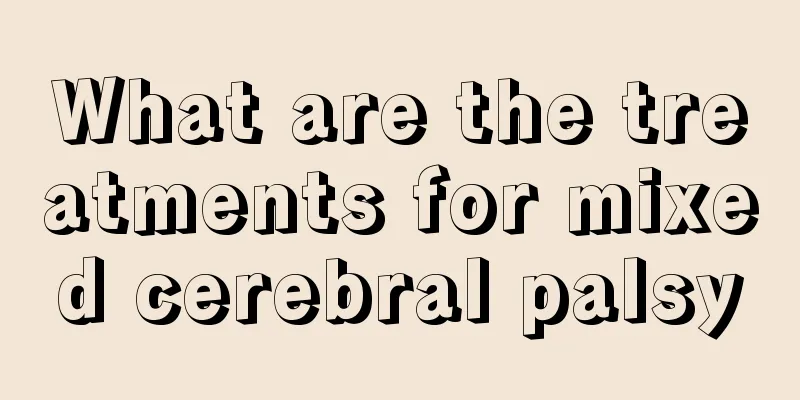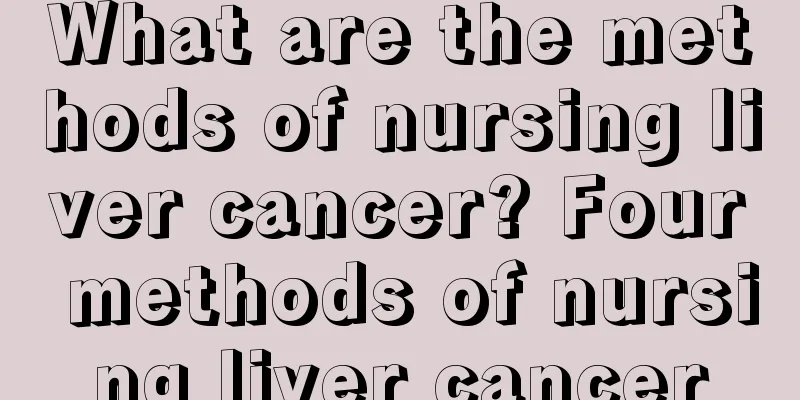Principles of blood genetic laws

|
Many of us may look like our parents. This situation occurs more frequently among our friends. In fact, this is caused by the laws of genetics. There are many laws of genetics, one of which is the law of blood genetics. The law of blood genetics can show our physiological genetics. Maybe everyone is particularly interested in the law of blood genetics, but does not know much about it. Let us learn about the law of blood genetics together. principle: 1. If the alleles on the chromosomes of somatic cells come from both parents, they are called homozygous (for example, some A-type chromosomes have alleles A and A); if the gene content contained is different, it is called heterozygous (for example, some A-type human chromosomes have alleles A and O). In other words, each individual has two and only two alleles at a certain locus, one allele from each parent. If the genes from both parents are identical, the individual is called homozygous; if they are different, the individual is called heterozygous. Whether homozygous or heterozygous, the sum of genes on a pair of chromosomes is called the genetic type. For example, the genetic types of the two people mentioned above are AA and AO respectively. However, not all inherited genes will be expressed. The traits that can be expressed are called expressions. Regardless of whether the genetics is AA or AO, the expression is A, which is what we usually call type A. It can be seen that blood type actually refers to its form of expression. The reason why the expression and inheritance of blood type are different is that some genes can express the traits they control regardless of whether they are homozygous or heterozygous. This gene is called a dominant gene. If the traits controlled by this gene are only expressed when it is homozygous but not when it is heterozygous, this gene is called a recessive gene. In the ABO blood group system, the A and B genes are dominant genes, while the O gene is a recessive gene. For example, in a pair of chromosomes, one chromosome carries the A gene and the other carries the O gene. The person's genetic formula is AO, but the expression formula is A, that is, type A, not type O. O blood type can only be expressed if both chromosomes carry the O gene. 2. Blood type refers specifically to the differences in red blood cell antigens between individuals; but it is now known that in addition to red blood cells, there are also antigen differences between individuals in white blood cells, platelets and even certain plasma proteins. Therefore, the broad definition of blood type should include the differences in antigens of each blood component among individuals. Usually, people's understanding of blood types is often limited to ABO blood types and blood transfusion issues. In fact, blood types have broad practical value in disciplines such as anthropology, genetics, forensic medicine, and clinical medicine. Therefore, they have important theoretical and practical significance. At the same time, the discovery of animal blood types has also provided new issues and research directions for blood type research. Blood types are generally divided into four types: A, B, AB and O. In addition, there are more than 10 extremely rare blood type systems, including Rh negative blood type, MNSSU blood type, P blood type, and D deletion blood type. Among them, type AB can accept blood transfusions from any blood type, so it is called a universal blood recipient. Type O can donate blood to people with any blood type, so it is called a universal blood donor or a heterogenic blood donor. In fact, blood can only be transferred in small quantities between different blood types, not in large quantities. If a large amount of blood is to be transfused, it is best to do so between people of the same blood type. The above content introduces us to the laws of blood inheritance. We know that many conditions are likely to be inherited, which provides us with selection criteria for choosing a spouse. At the same time, we can also effectively make genetic changes based on our own blood laws. We can all have a healthy body. I hope the above content is helpful to everyone. |
<<: Treatment and prevention of high blood uric acid
>>: What are the self-treatment methods for thoracic spondylosis
Recommend
Why do you need to brush your teeth in the morning
One thing everyone does in their early days is br...
Is it okay for adults to drink baby milk powder?
Generally speaking, infant formula is quite expen...
How to remove the dark spots on ankles
Darkening of the ankles is quite common in our da...
Is teratoma dangerous?
Is teratoma harmful? This is a question that many...
Causes of nasopharyngeal carcinoma
What is the cause of nasopharyngeal cancer? The m...
Can liver transplantation be performed in advanced liver cancer? What are the symptoms of lung metastasis of liver cancer?
The harm of liver cancer is not only that it caus...
Where can I get good treatment for bile duct cancer
Cancer is a terrifying disease. As we all know, c...
4 surgical methods for prostate cancer
Surgery is one of the most common treatments for ...
How long can you live with skin cancer
Cancer is the most serious disease that threatens...
Grading and treatment of pulmonary hypertension
Pulmonary hypertension can be divided into differ...
What stage of lung cancer is the lung nodule 3cm-4cm?
Lung nodules are lung nodules. Lung nodules that ...
Early reaction to a tumor in the brain
A tumor in the brain can be a worrying topic, but...
My hands and feet feel numb when I sleep on my stomach
In life, everyone has a different sleeping postur...
What are the symptoms of cervical precancerous lesions? How to treat cervical precancerous lesions symptomatically?
What are cervical precancerous lesions? Cervical ...
The reasons why tinnitus is getting worse and its treatment methods
We all know that eyes are the windows to the soul...









